The Lord Ducie's Chinoiserie Bowls and Covers
Lot 109. The Lord Ducie's Chinoiserie Bowls and Covers, a Chinese Export silver-gilt bowl and cover, a matching bowl and cover and a pair of silver-gilt plinths. One bowl and cover Chinese Export, circa 1730; The matching bowl, cover and the plinths with mark of Paul Storr, London, 1810, retailed by Rundell, Bridge and Rundell; 15 in. (38.1 cm.) high overall, 227 oz. 2 dwt. (7,065 gr.). Price Realised GBP 237,500 (Estimate GBP 50,000 - GBP 80,000). © Christie's 2022
The plinths each of stepped square section with canted corners resting on anthemion scroll feet, the octagonal bowls with conforming domed covers and onion-shaped finials, chased and applied with reserves of figures in Chinese lanscapes with birds, animals and flowering branches on matted ground, engraved on the plinths with a coat-of-arms with baron's coronet above, the Chinese bowl engraved with an inscription on the foot and further indistinct inscription underneath, with scratch weight '34=16', the George III silver marked on bowl, cover, finial and pedestals, further stamped '237', bowl and pedestals stamped '1' and '2' and 'RUNDELL BRIDGE ET RUNDELL AURIFCES REGIS ET PRINCIPIS WALLIAE'
The arms on the plinths are those of Reynolds quartering Moreton and others impaling Herbert, for Thomas Reynolds Moreton, 4th Baron Ducie, later 1st Earl of Ducie, (1776–1840) and his wife Lady Frances Herbert, daughter of Henry Herbert, 1st Earl of Carnarvon, whom he married in 1797.
The inscription on the foot of the Chinese export bowl reads 'This Font was taken from the Cathedral Church of Lima'.
Lord Ducie's Chinoiserie Bowls and Covers
The art of Asia has been prized in England since the early Medieval period when fine porcelain and silks made their way to the country along the Silk Road and across Europe. Their beauty and rarity meant they found their way into the collections of royalty and the aristocracy. The establishment of trading companies in the 17th century led to a great widening of trade and an even greater fascination with the arts of Asia. A passion for chinoiserie in England began in the late 17th century, in silver most notably with pieces decorated with flat chased figures, birds and foliage in a style inspired by Chinese themes. It was at that time that silver manufactured in China began to be brought back to England.
A rare Chinese export silver-gilt teapot Kangxi period, 1662-1722
Lord Ducie’s bowl and cover, offered here with it early 19th century companion, dates from the early 18th century. It has a more exotic history than the majority of Chinese export silver, much of which was imported directly into England as part of the East India Company’s ship captains’ prerogative to trade on their own behalf. It has been suggested that ship's captains, whose annual salary was £120, could add an additional £2,000 to their yearly income through this practice. Many pieces of Chinese silver they brought back were hallmarked in London, but Lord Ducie’s bowl made its way to Lima, the capital of the Spanish Colonial Viceroyalty of Peru, as recorded by the inscription on its foot.
Thomas Reynolds Moreton, 4th Baron Ducie (1776–1840), Exeter College, University of Oxford
How it made its way to England, where its Chinese form and ornament was so highly prized that the Royal Goldsmith Rundell, Bridge and Rundell made a companion bowl and cover and raised them both on architectural plinths, remains a mystery. A partially erased inscription on the underside of the bowl suggests it was a gift. Could it have been part of the treasury of Lima Cathedral, perhaps seized by pirates in one of the many raids on the Cathedral, passing through a number of ownerships, before being given to Lord Ducie’s father, a captain in King George III’s Navy? Or was it an exotic object acquired by Rundell, Bridge and Rundell as inspiration for new works being created to satisfy the early 19th century revival in Chinoiserie, which had been greatly promoted by the Prince Regent, later King George IV? It certainly stands as a testament to the worldwide trade in Chinese works of art in the early 18th century and how the taste for Chinese art endured in England throughout the 18th century and into the early years of the 19th century, when Royal patronage led to creation of some of the finest chinoiserie works, the zenith of which was the Prince Regent’s Brighton Pavilion.

/https%3A%2F%2Fprofilepics.canalblog.com%2Fprofilepics%2F1%2F0%2F100183.jpg)
/https%3A%2F%2Fstorage.canalblog.com%2F03%2F02%2F119589%2F96711876_o.jpg)
/https%3A%2F%2Fstorage.canalblog.com%2F11%2F31%2F119589%2F94773502_o.jpg)
/https%3A%2F%2Fstorage.canalblog.com%2F20%2F83%2F119589%2F94772815_o.jpg)
/https%3A%2F%2Fstorage.canalblog.com%2F26%2F72%2F119589%2F75604929_o.jpg)
/https%3A%2F%2Fstorage.canalblog.com%2F59%2F60%2F119589%2F26458628_o.jpg)
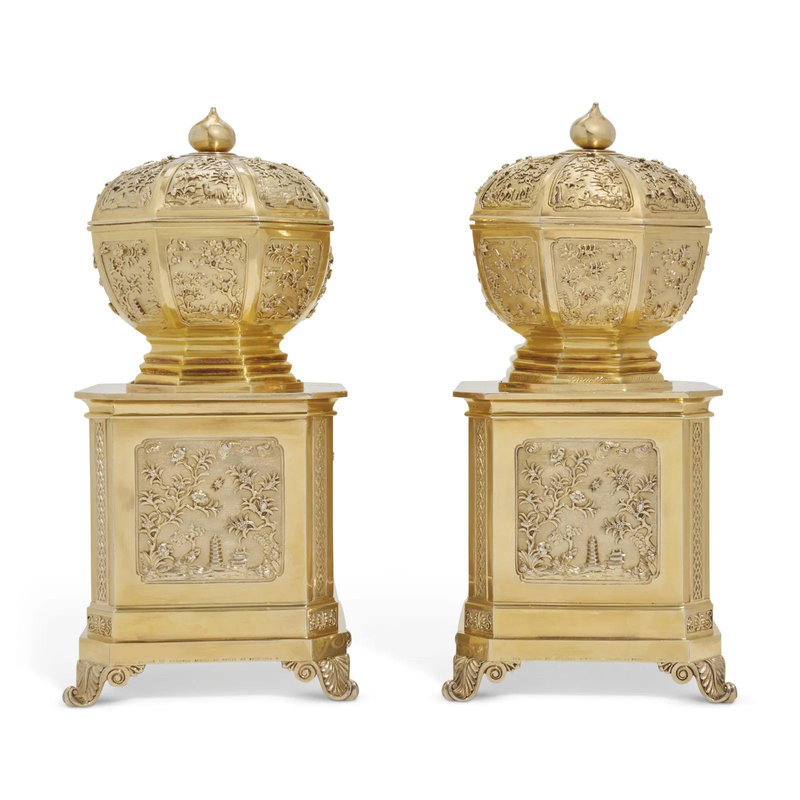
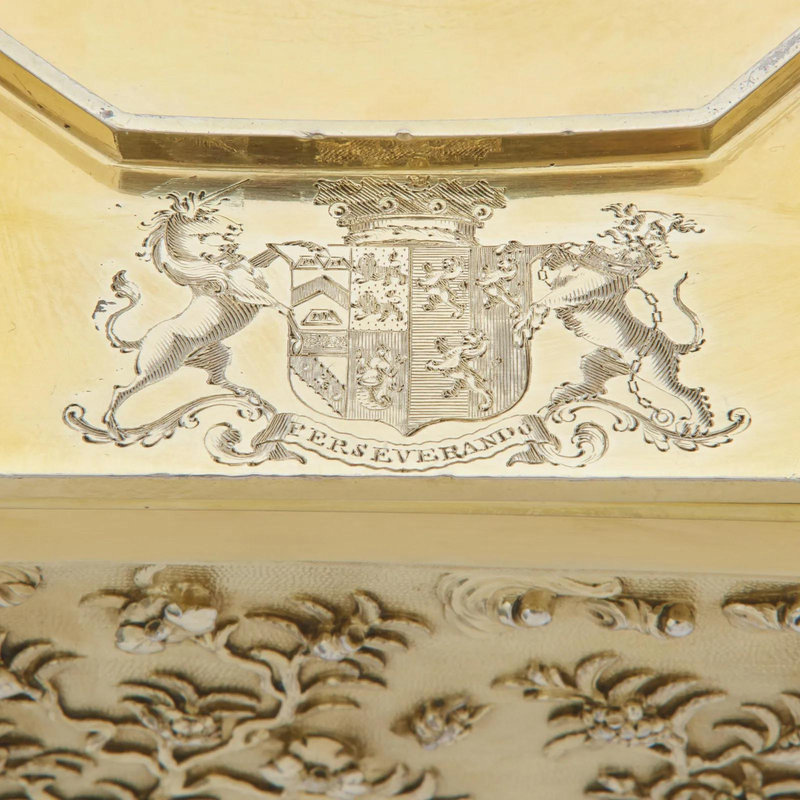

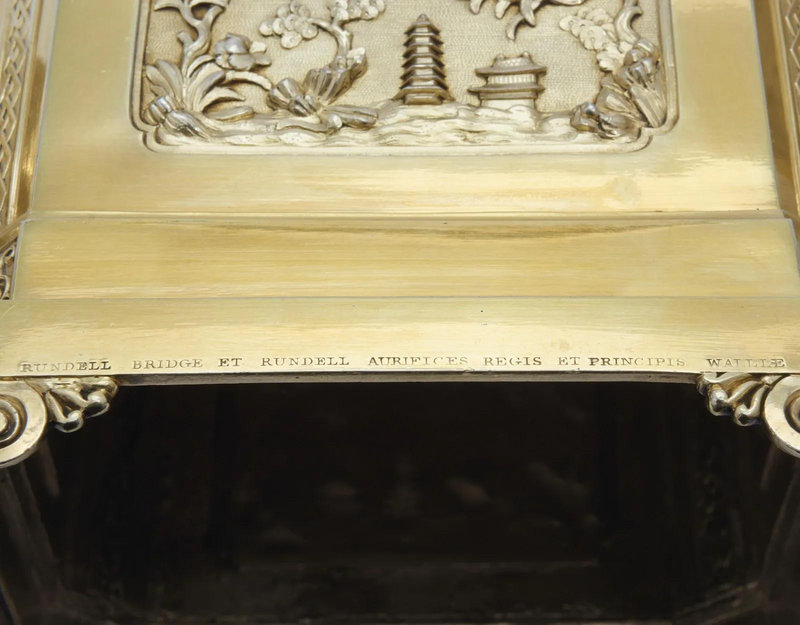


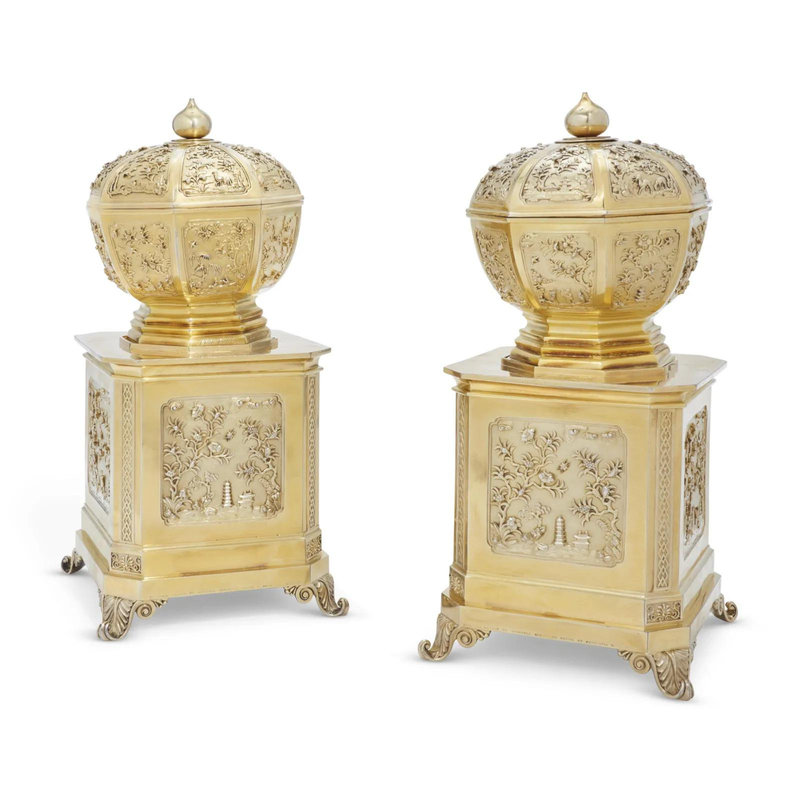





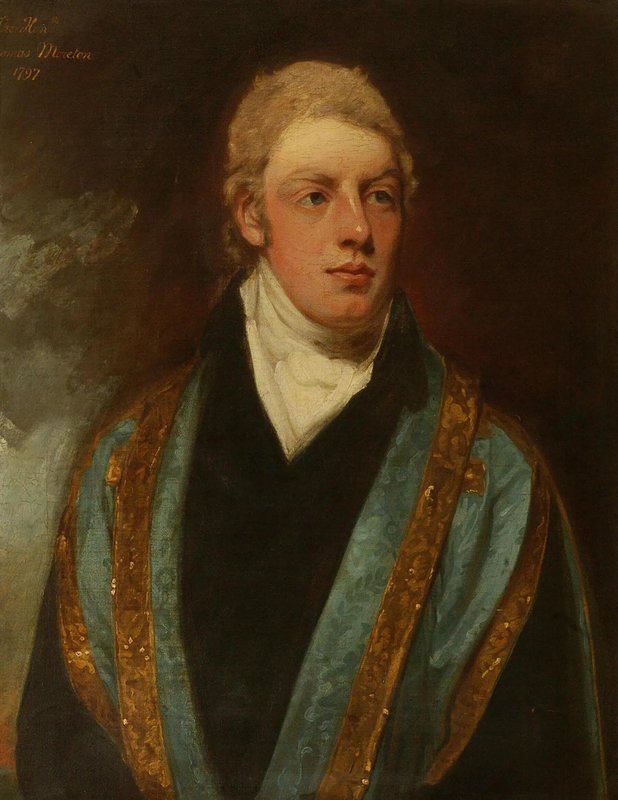



/http%3A%2F%2Fstorage.canalblog.com%2F88%2F68%2F119589%2F128330283_o.jpg)
/http%3A%2F%2Fstorage.canalblog.com%2F79%2F46%2F119589%2F127919351_o.jpg)
/http%3A%2F%2Fstorage.canalblog.com%2F16%2F29%2F119589%2F127014862_o.jpg)
/http%3A%2F%2Fstorage.canalblog.com%2F90%2F66%2F119589%2F126546130_o.jpg)